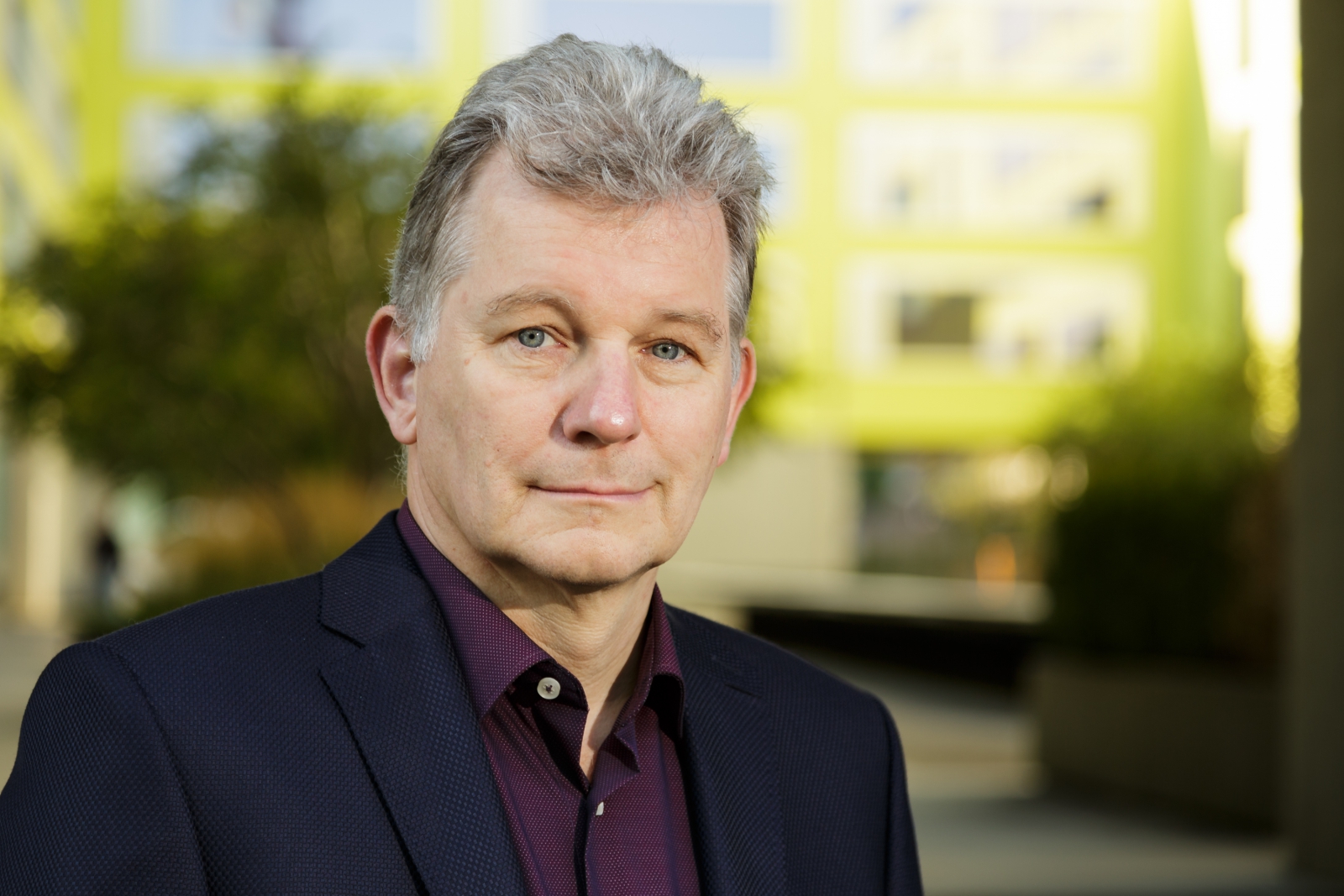Abstract | Position paper on 'Intangible cultural heritage, museums and urbanised society'
The full text of the position paper will be available in September 2018
___________
The essence of the city is change and innovation. It is where current developments, processes of construction, deconstruction, and reconstruction unfold, along with the emergence of new social and cultural groups. Conversely, museums and cultural heritage are primarily associated with the past, with preservation, conservation, and remembering.
Although this view is clichéd, it still points to a fundamental problem in the relationship between museums, heritage, and urban culture: the different perspectives, the different dynamics are difficult to bring together. While the UNESCO conventions on cultural heritage are primarily oriented towards clearly defined groups or communities, stable social structures, and direct lines of tradition, cities are characterized by a mixture of diverse, often poorly structured groups, high mobility, and complex media exchanges. Urban orientation is international and increasingly global and digital, making it difficult to link it up with the locally focused rules of cultural heritage regulations.
Thus, the tone of these conventions hardly ever fits the realities of an urban society in the 21st century. Although the earlier term "folklore" has been dropped, concepts such as folk culture crop up time and again when referring to the UNESCO 2003 Convention on safeguarding Intangible Cultural Heritage. However, urban culture is virtually never labelled as folk culture; the same goes for the culture of migrants and for the many diverse minority cultures who also tend to be focused on urban areas.
If one looks at the history of the Intangible Heritage Convention, one discovers parallels to a development which goes back to the late 19th century and involves the intensive collection of old objects, the construction of museums, the preservation of monuments, and the foundation of National Heritage Protection programmes – often driven by the fear of loss of familiarity and the fear of being overrun by modern developments such as urbanization and industrialization, in dread that key values might disappear forever. Today ever stronger social forces are directed against the urban world, against the dynamics of globalization, and against entanglement, offering as a counter project the picture of a homogeneous, locally rooted culture that must be preserved at all costs.
Museums that deal with urban issues need to demonstrate that their heritage is built on the processes of blending, creativity and innovation, not on linearity, stability, tradition, and demarcation. If they embrace the dynamics inherent in cities and understand cultural heritage as a process of change oriented towards the present and the future, then they have the opportunity to become what, up to now, they have hardly ever been: laboratories of urban life, bringing together human beings and culture, both material and immaterial, yesterday and tomorrow, tradition and innovation.

Walter Leimgruber is head of the Institute of Cultural Anthropology and European Ethnology at the University of Basel. His fields of research include cultural theory and politics, migration and transculturalism, material and visual culture. Outside the university he has worked as an editor and as a curator at the Swiss National Museum. From 2005 to 2013 he was a member of the National Research Council and chaired the division Humanities and Social Sciences. He is president of the Federal Commission on Migration. |